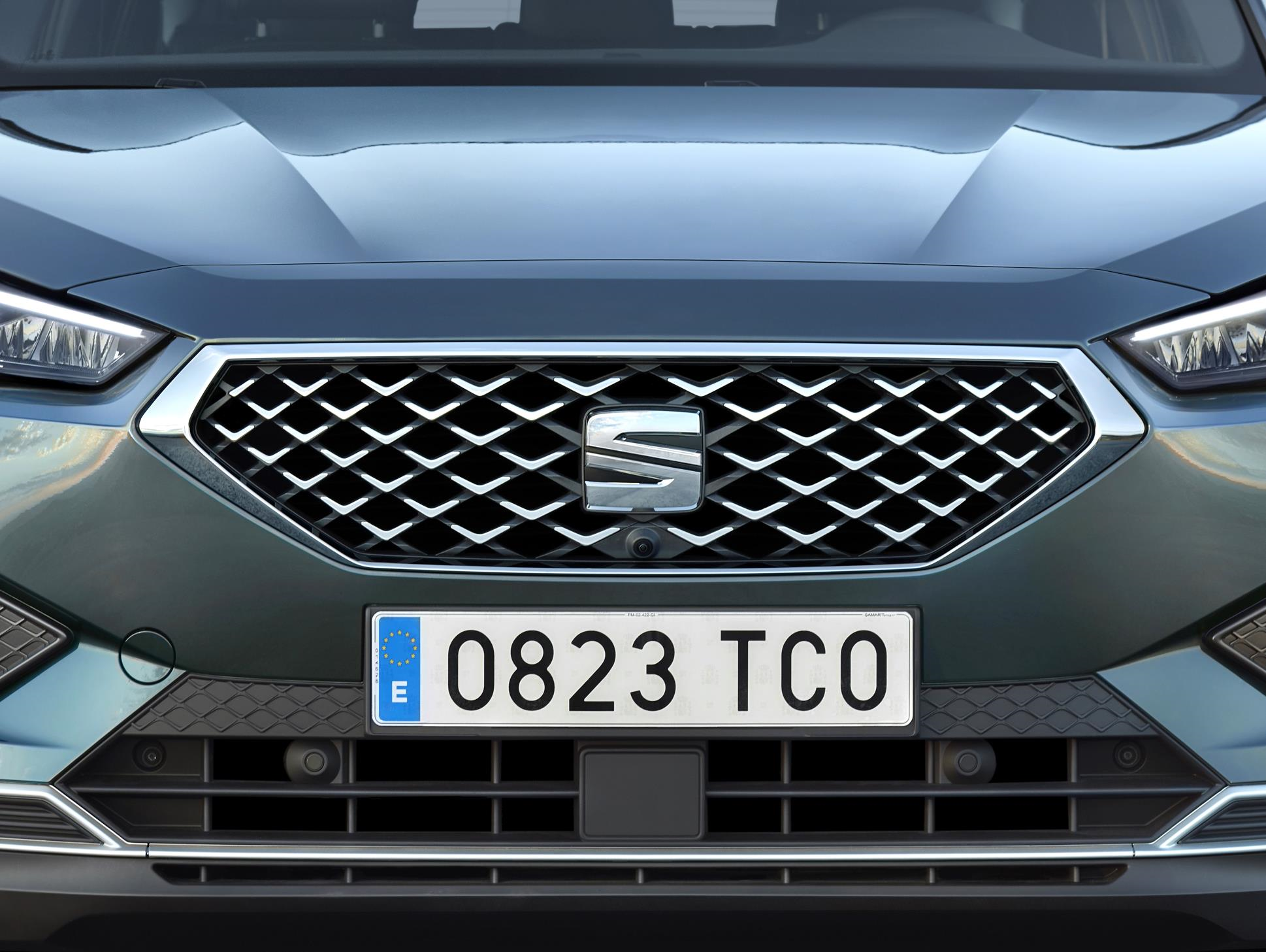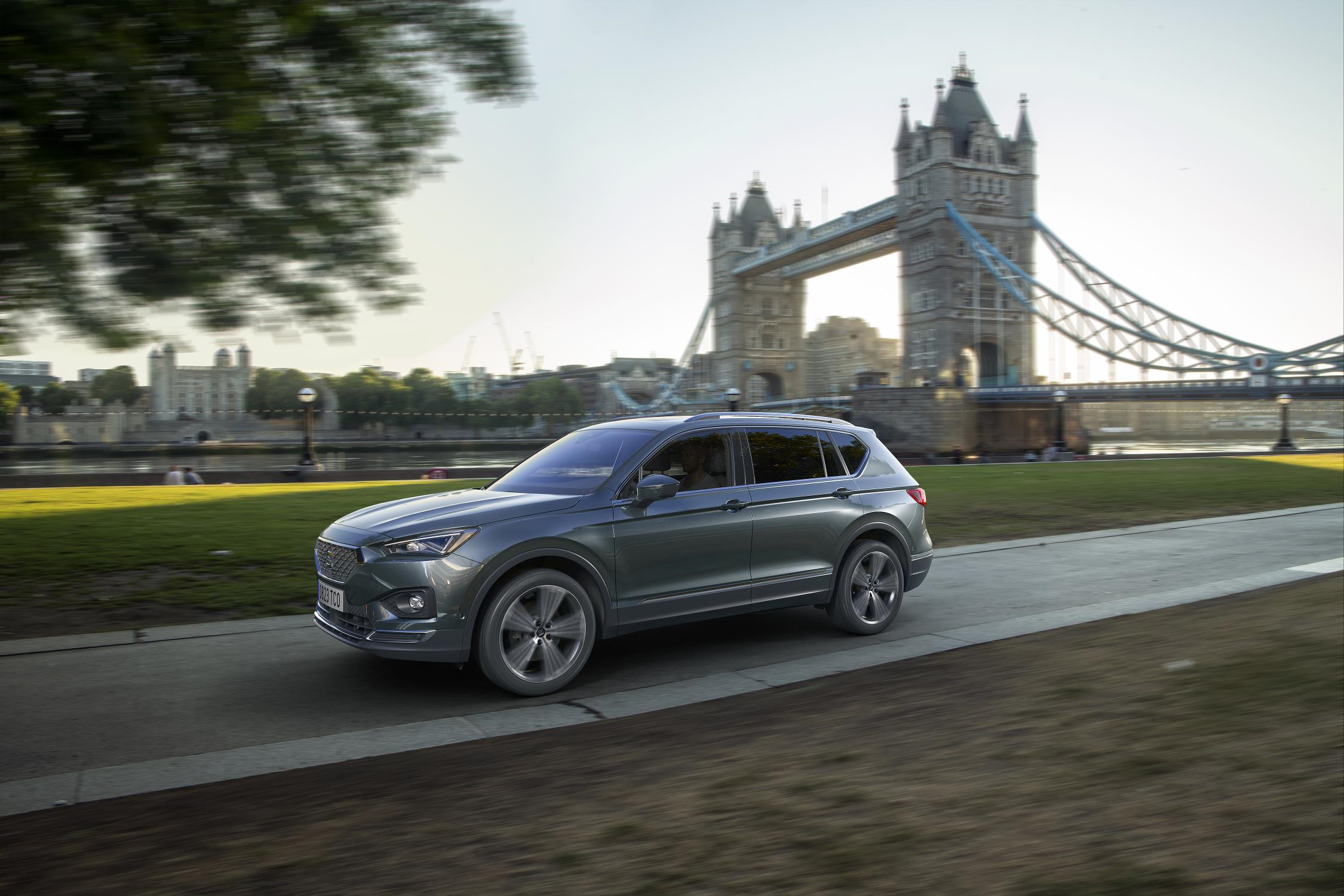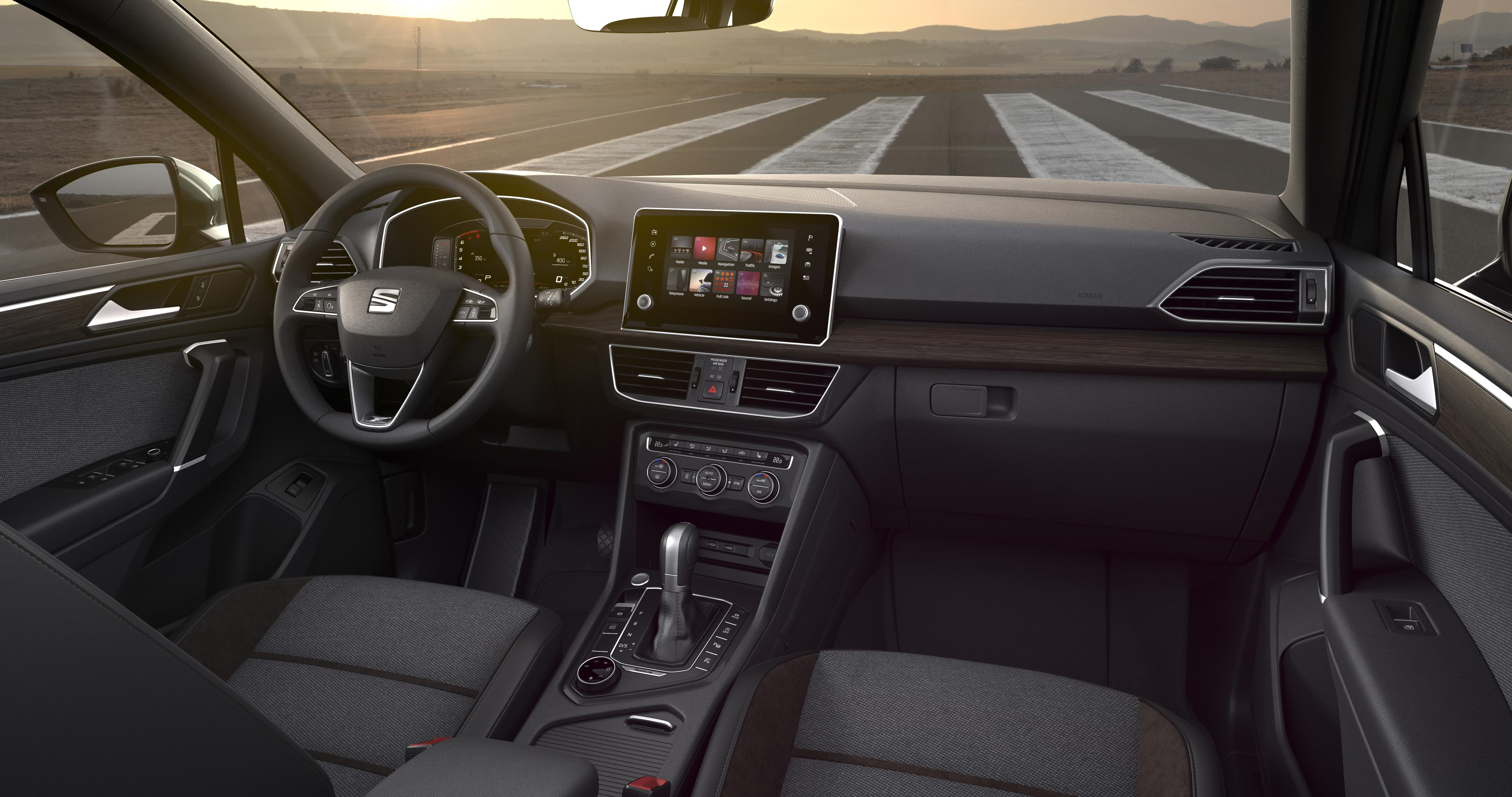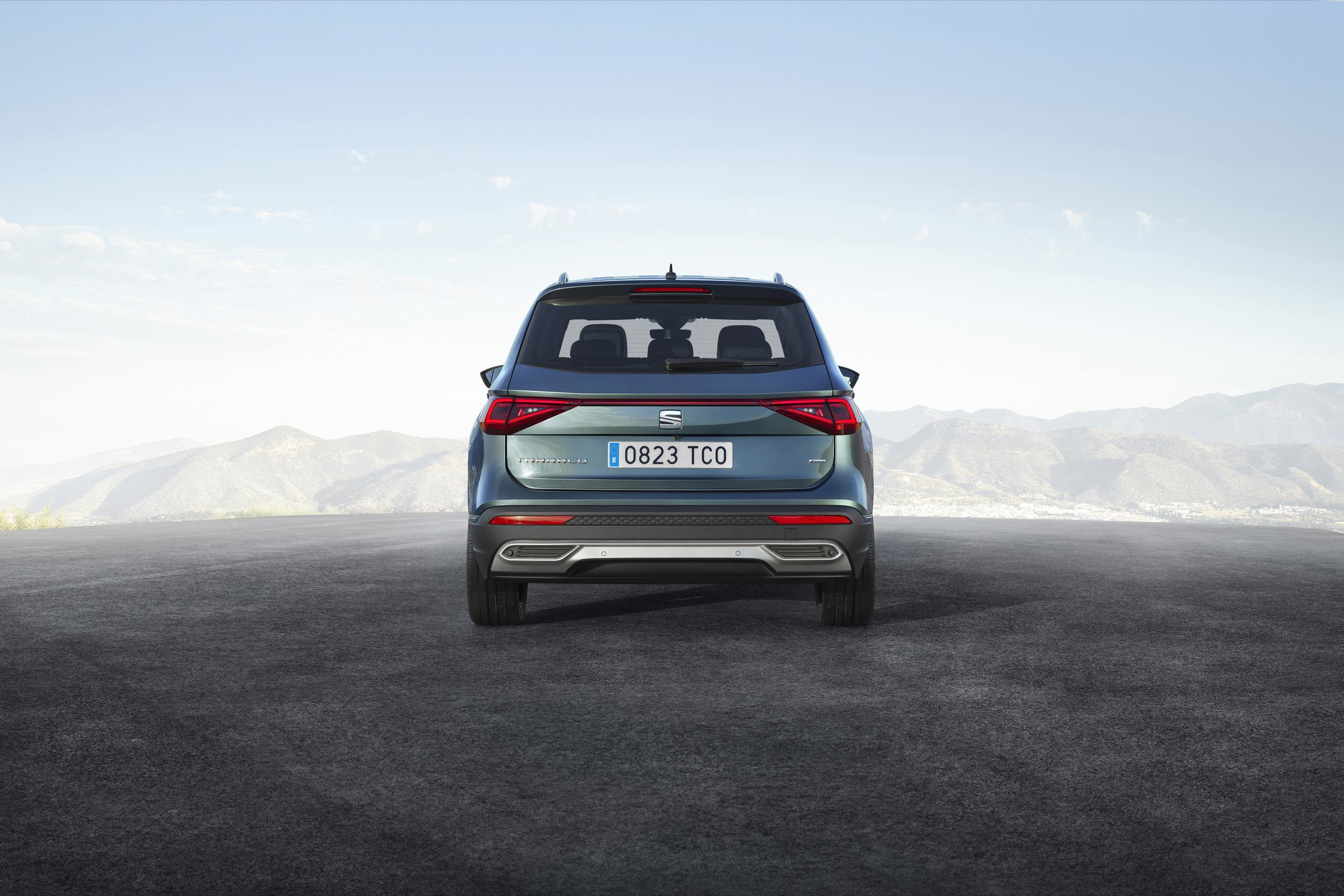When you think back just two years, it is hard to believe that Seat had no SUVs in its range. Now it has Arona, Ateca and Tarraco, all of which are very sound motorcars, possessing enough Seat character to warrant their branding. However, much as Skoda has its ‘simply clever’ aspects, Seat has travelled invariably down the ‘value-added’ route, by offering slightly more space and a better standard but no-frills specification.

Thanks to its seven-seat configuration, the boot capacity can be expanded from a modest 230-litres, to 700-litres, with the rearmost row folded cassette-like into the floor, and a massive 1,775-litres, when the middle pair (three-across but split-fold) are flopped forwards. Available in four trim levels, the pre-discounts price tags are familiar Seat fayre.
Starting with SE (£28,320), moving up to SE Tech (£29,330), then Xcellence (£30,410), with the Xcellence Lux topping the range (£32,135), Seat calls its model progression ‘easymove’, which works exceptionally well and simplifies the acquisition process. As is now becoming typical for a number of brands, a run of UK First Editions is available from launch with even more equipment on-board.

The engine and transmission line-up includes 148bhp and 187bhp versions of 1.5 and 2.0-litre engines in either petrol, or diesel guises, mated to a choice of six-speed manual, or DSG automated-manual transmissions. Four-wheel-drive is also an option. Again, it is a simple step-up through the range, in which every model benefits from metallic paint, DAB stereos, alloy wheels and three-zone climate control systems fitted as standard.

The 1.5-litre turbo-petrol engine delivers a decent performance envelope, cracking the 0-60mph dash in around 9.5s, before topping out at 125mph (in front-driven, manual form). It emits CO2 at a rate of 125g/km and can deliver around 49.0mpg. If you want stronger mid-range punch, then opt for the either of the 2.0-litre engines.
The engaging driving experience is what I would term ‘typical Seat’, with crisp steering responses, firm but truly compliant suspension damping and a ride quality aided by a 20mm reduced ride height over a Kodiaq, because Seat has a sportier image to live up to. While the adaptive chassis control system is standard on the top models, it is an option for the lower-priced versions.

The interior is pleasantly detailed, with plenty of ‘soft-touch’ materials factoring-in a high-quality appeal. The driver’s seat can be electrically adjusted (on top models) but the seating position is excellent, with good headroom and space from the smallest to the tallest of occupants. While the conventional five seats are roomy enough, the rearmost perches, although comfortable, are better suited to carrying a couple of youngsters.
The LED lighting signature (front and rear) helps to differentiate the Tarraco from Kodiaq. However, keen pricing will remain Seat’s key attraction.